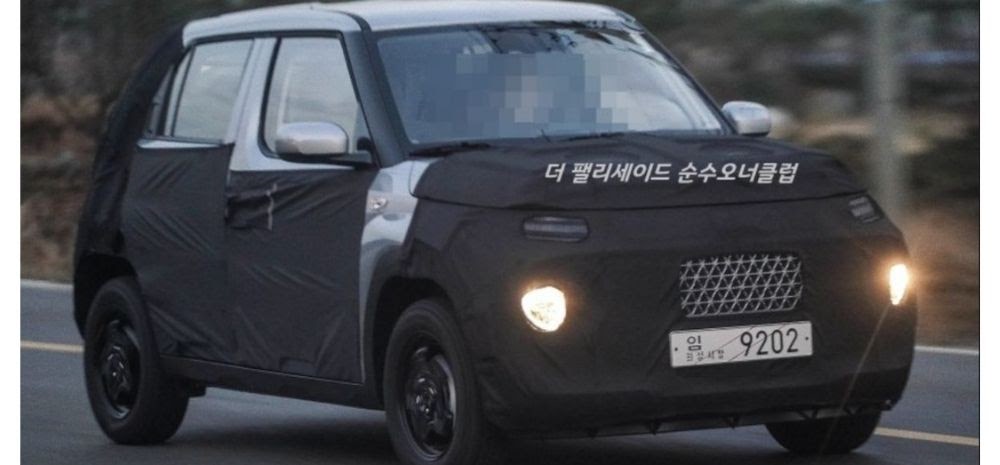Hyundai’s Rs 4 Lakh SUV Launching On This Date In India: Tata Punch Rival?

Hyundai is now planning to introduce a small SUV by next year, 2023, and it has been named Ai3.
This car will be the company’s first step in the micro SUV or the entry-level sub-4 meter subcompact SUV segment.
Read on to find out all the details about this new car!
Hyundai To Introduce New Compact SUV
Hyundai’s CUV or Compact Utility Vehicle might be slotted under the Hyundai’s current subcompact SUV Venue. It will reportedly be pitted against Tata Punch, Maruti Ignis and Mahindra KUV NXT.
As per reports, the funding for the development of the car has been approved internally.
Hyundai has been testing a small SUV in the brand’s home country of South Korea for several months. The vehicle will be positioned below the top-selling Venue compact SUV and will make its global debut later this year.
Exterior
A split headlamp cluster with round-shaped LED DRLs, clamshell-shaped bonnet, eyebrow-like LED turn indicators, rectangular-shaped ORVMs, sporty alloy wheel design, the pillar-mounted rear door handles, shark fin antenna, grey roof rails, unique bumper-fitted lighting unit, high-mounted stop lamp, and other features can be found on the front fascia.
Unconfirmed reports suggest that the Hyundai Casper will be 3,595mm long, 1,595mm wide and 1,575mm high.
This means Hyundai’s smallest SUV will be slightly shorter and narrower but taller than its smallest offering, the Santro hatchback, which measures 3,610mm long, 1,645mm wide and 1,560mm high.
Interior
Internally said to be codenamed AX1, the five-seater will likely sit above the Santro in the company’s domestic portfolio.
The top-spec variants could be equipped with a touchscreen infotainment system with Apple CarPlay and Android Auto compatibility, a steering wheel with mounted controls, a semi-digital instrument cluster, etc.
It is expected to be priced aggressively and going by Hyundai’s standards, it could feature a packed equipment list.
Engine
The Casper will most likely come with the same 1.2-litre, four-cylinder naturally aspirated engine as in the Grand i10 Nios (where it produces 83hp and 114Nm).
The Korean carmaker could also offer lower variants of the micro-SUV with the Santro’s 1.1-litre, three-cylinder petrol engine, to keep its costs down.

Comments are closed, but trackbacks and pingbacks are open.